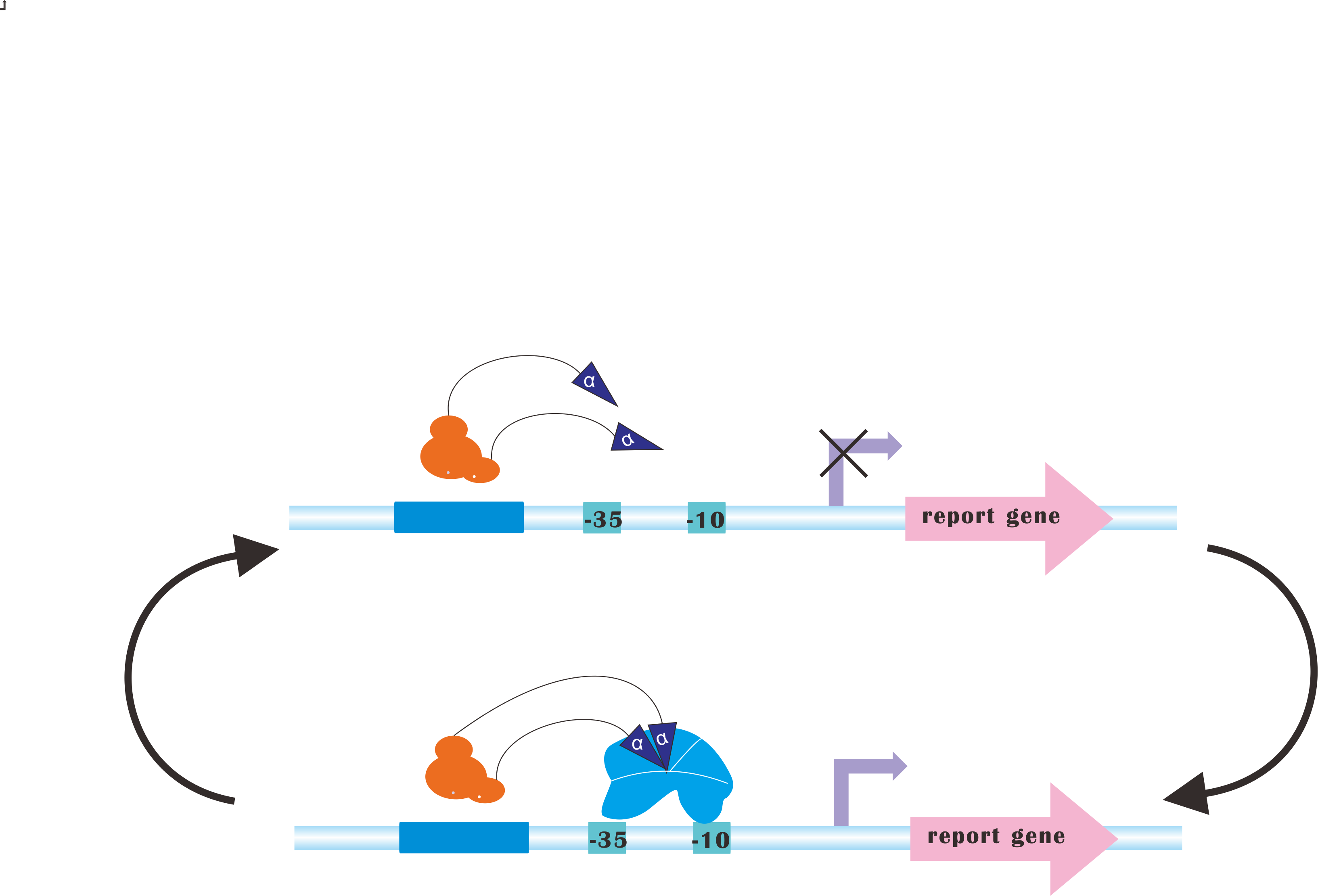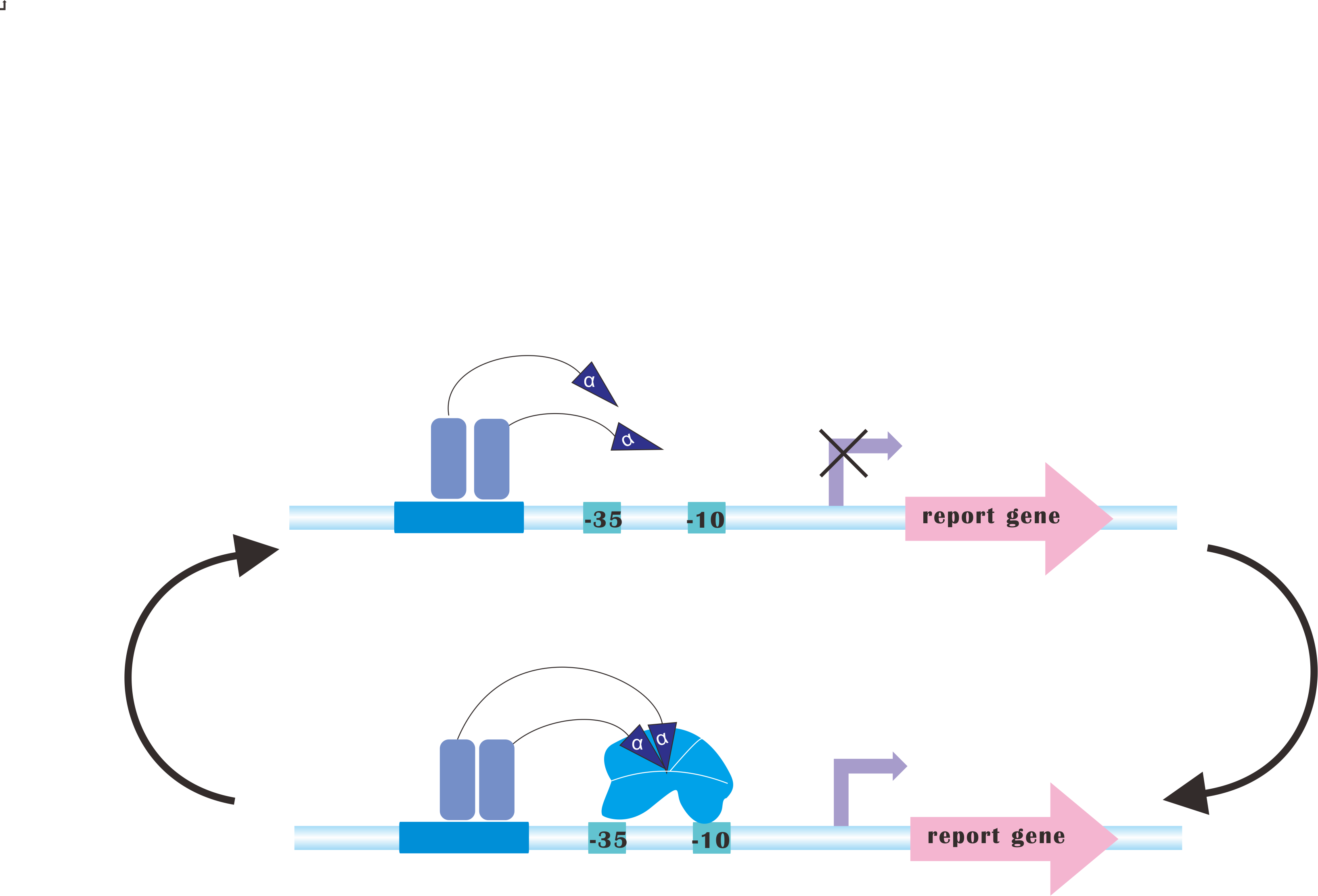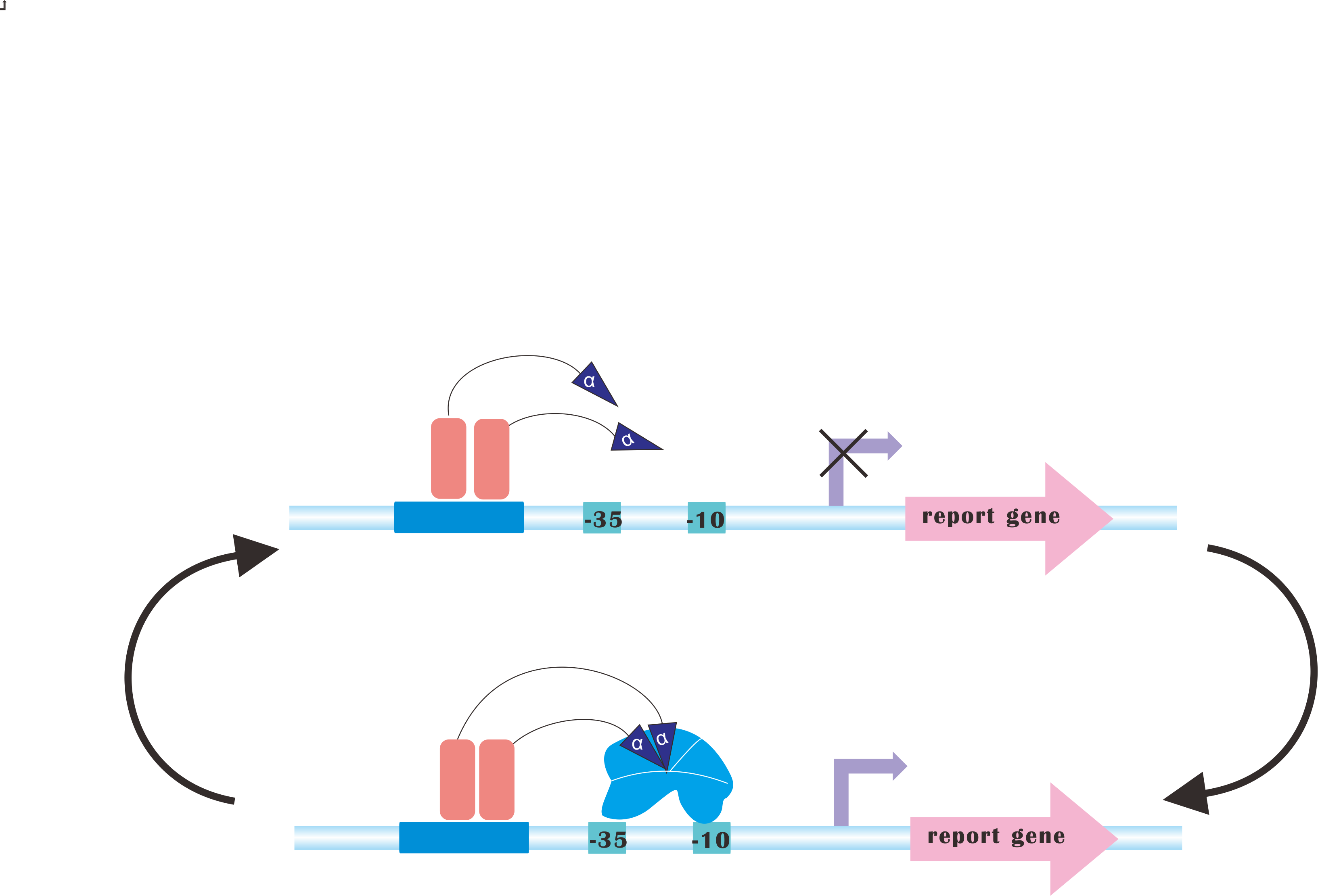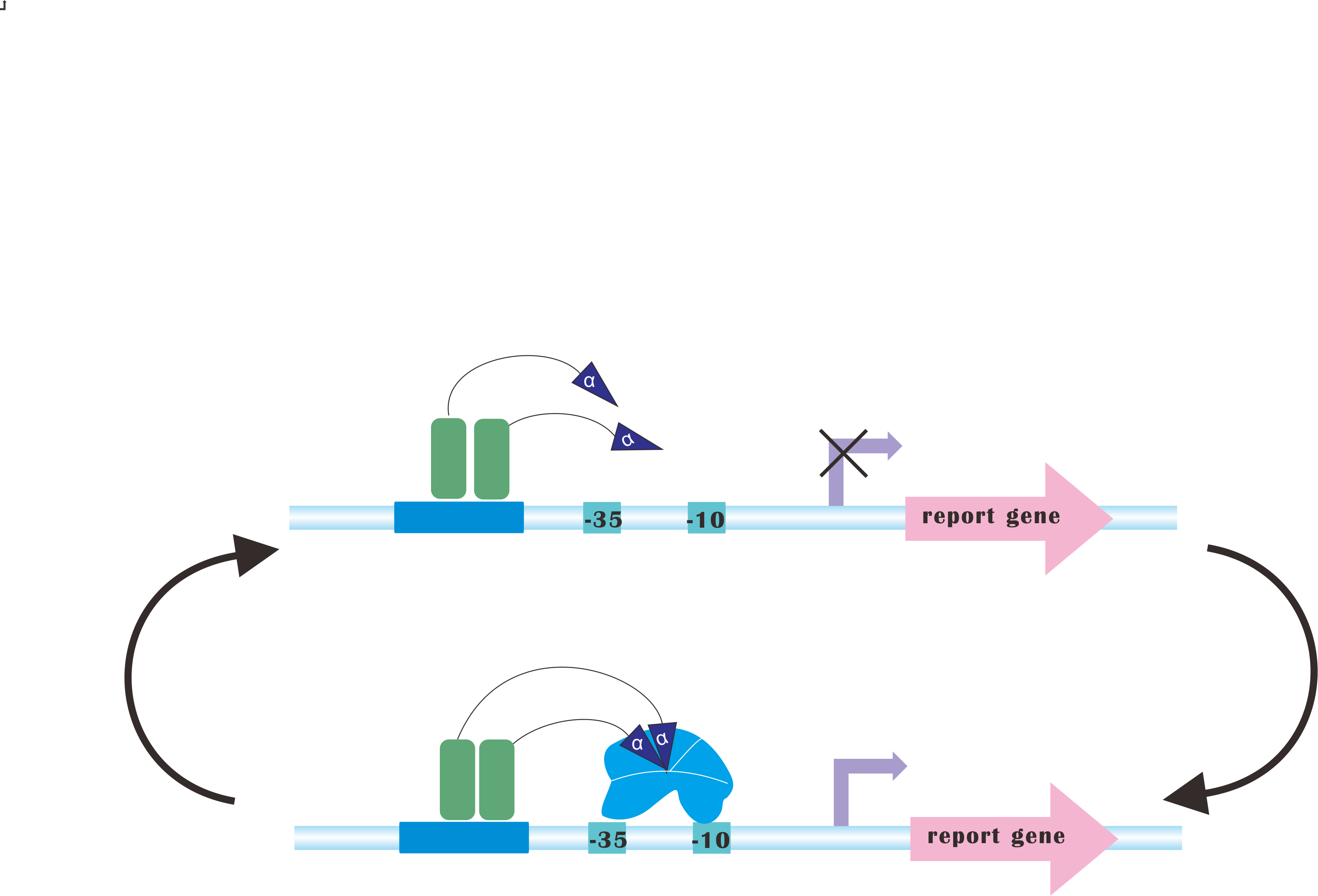Team:SJTU-BioX-Shanghai/Prospect
From 2013.igem.org
(→CRISPRi-on) |
(→Smaller Light Sensor) |
||
| Line 43: | Line 43: | ||
[[File:2blue.png|thumb|Existing Tiny Blue Sensor|left]][[File:2red.png|thumb]][[File:2green.png|thumb|right]] | [[File:2blue.png|thumb|Existing Tiny Blue Sensor|left]][[File:2red.png|thumb]][[File:2green.png|thumb|right]] | ||
The RGB light sensors we currently utilize are all large systems, with proteins consisting of some five-hundred amino acids. Therefore, it would help simplify our system a lot if there are small sensors. | The RGB light sensors we currently utilize are all large systems, with proteins consisting of some five-hundred amino acids. Therefore, it would help simplify our system a lot if there are small sensors. | ||
| - | The smallest light sensors are no doubt those light-induced dimerizing transcription factors (Camsund et al., 2011), containing no more than one-hundred amino acids. Furthermore, these direct sensors has claimed to be extremely sensitive. | + | The smallest light sensors are no doubt those <b>light-induced dimerizing transcription factors </b>(Camsund et al., 2011), containing no more than one-hundred amino acids. Furthermore, these direct sensors has claimed to be <b>extremely sensitive</b>. |
Unfortunately, all reported small sensors in E. coli senses blue light. So we would attempt on creating tiny sensors for red and green light. | Unfortunately, all reported small sensors in E. coli senses blue light. So we would attempt on creating tiny sensors for red and green light. | ||
| + | With small sensors, we might be able to incorporate all our platform into the genome of a bacteria strain, except a plasmid consisting of all three light-regulated sgRNA. In this way, our platform is reorganized into three parts: | ||
| + | * The bacteria strain with endogenously expressed dCas9 and light sensors. | ||
| + | * A sgRNA vector that is remained to be modified by our clients. | ||
| + | * The luminous system. | ||
| + | And it is also our hope that this bacteria strain could be widely used for pathway optimization researches, just as DH5alpha has been a common choice for molecular cloning, and BL21(DE3) has been a favored strain for protein expression. | ||
=Absolutely Automatic= | =Absolutely Automatic= | ||
Revision as of 04:19, 28 September 2013
|
| ||
|
 "
"



